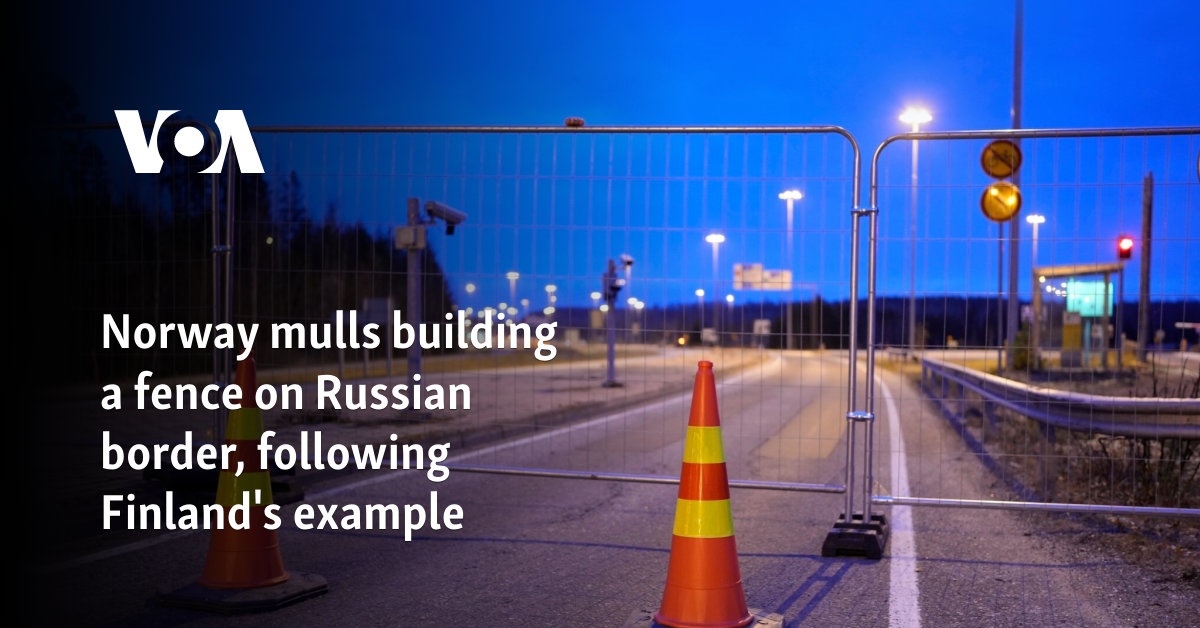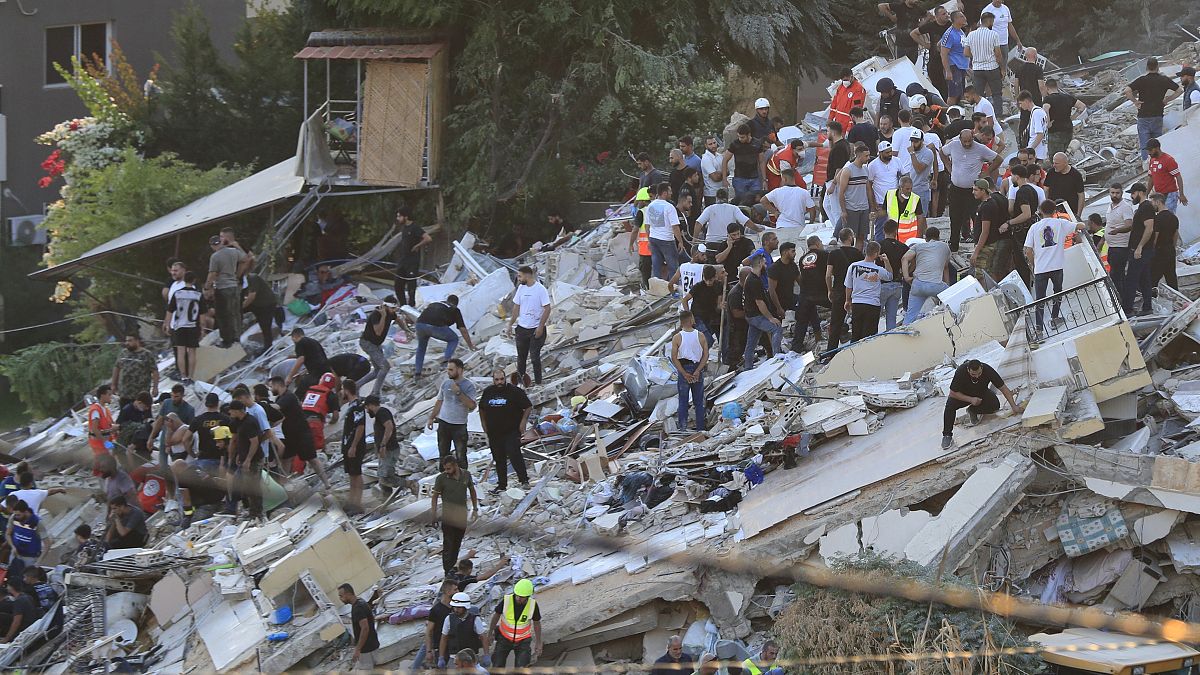NASA decided using the Boeing Starliner capsule to bring Butch Wilmore and Suni Williams back to Earth was too risky following a string of technical glitches on their outwards journey.
The two astronauts stranded at the International Space Station since December are a step closer to home with the arrival of a SpaceX capsule.
SpaceX launched the rescue mission on Saturday afternoon with a downsized crew of two astronauts and two empty seats reserved for Butch Wilmore and Suni Williams who will return to Earth in February.
NASA switched Wilmore and Williams to SpaceX following concerns over the safety of the Boeing Starliner capsule they used to travel to the ISS.
It was the first Starliner test flight with a crew but NASA decided the thruster failures and helium leaks that happened after liftoff were too serious and poorly understood to risk the test pilots' return.
Starliner returned to Earth empty earlier this month.
The Dragon carrying NASA's Nick Hague and the Russian Space Agency's Alexander Gorbunov will remain at the space station until February, turning what should have been a weeklong trip for Wilmore and Williams into a mission lasting more than eight months.
Two NASA astronauts were pulled from the mission to make room for Wilmore and Williams on the return leg.
"I just want to say welcome to our new compadres," Williams, the space station commander, said once Hague and Gorbunov floated inside and were embraced by the nine astronauts awaiting them.
NASA likes to replace its station crews every six months or so.
SpaceX has provided the taxi service since the company's first astronaut flight in 2020.
NASA also hired Boeing for ferry flights after the space shuttles were retired, but flawed software and other Starliner issues led to years of delays and more than $1 billion (€900 million) in repairs.
Starliner inspections are underway at NASA's Kennedy Space Centre, with post-flight reviews of data set to begin this week.

 By Euronews | Created at 2024-09-30 02:37:24 | Updated at 2024-09-30 05:16:29
4 hours ago
By Euronews | Created at 2024-09-30 02:37:24 | Updated at 2024-09-30 05:16:29
4 hours ago



